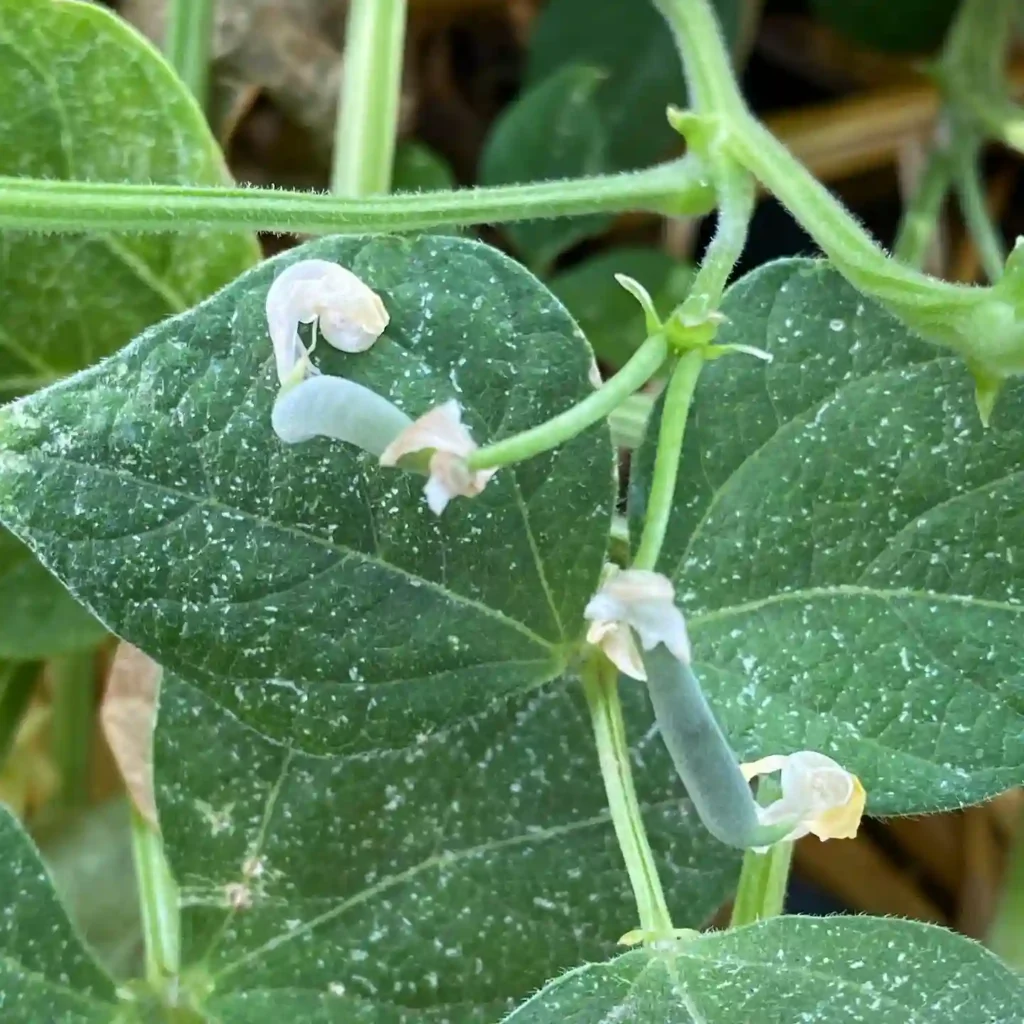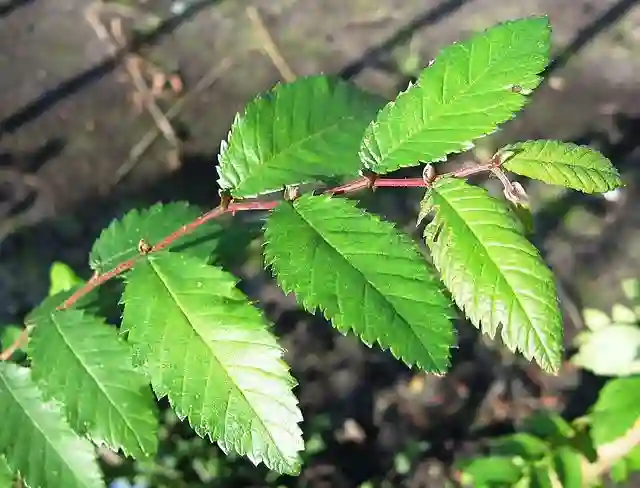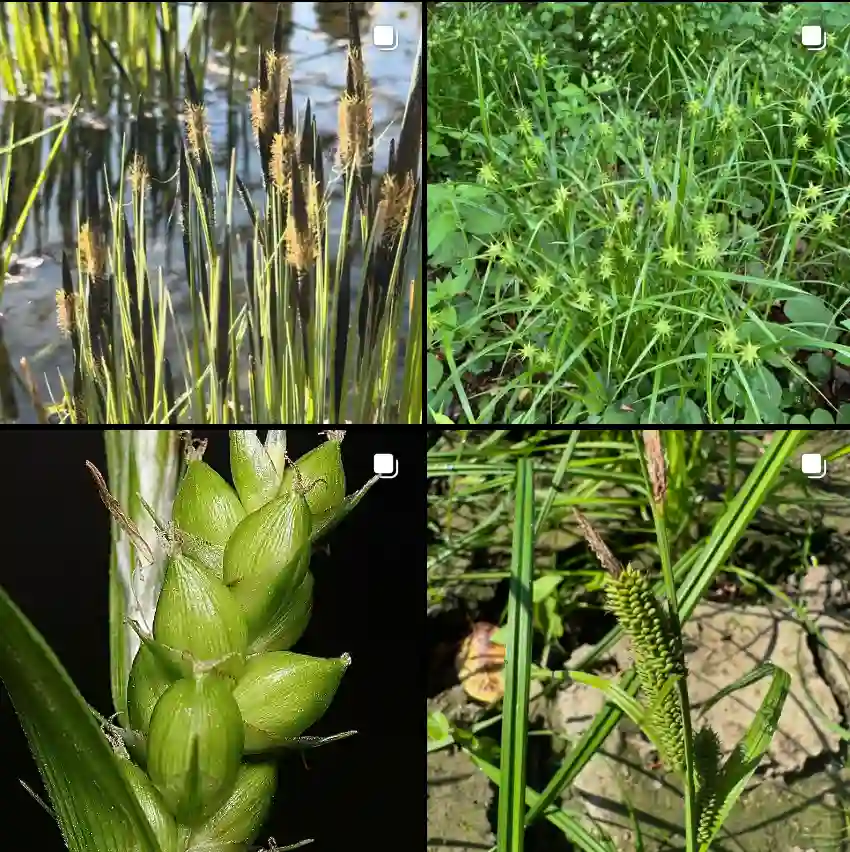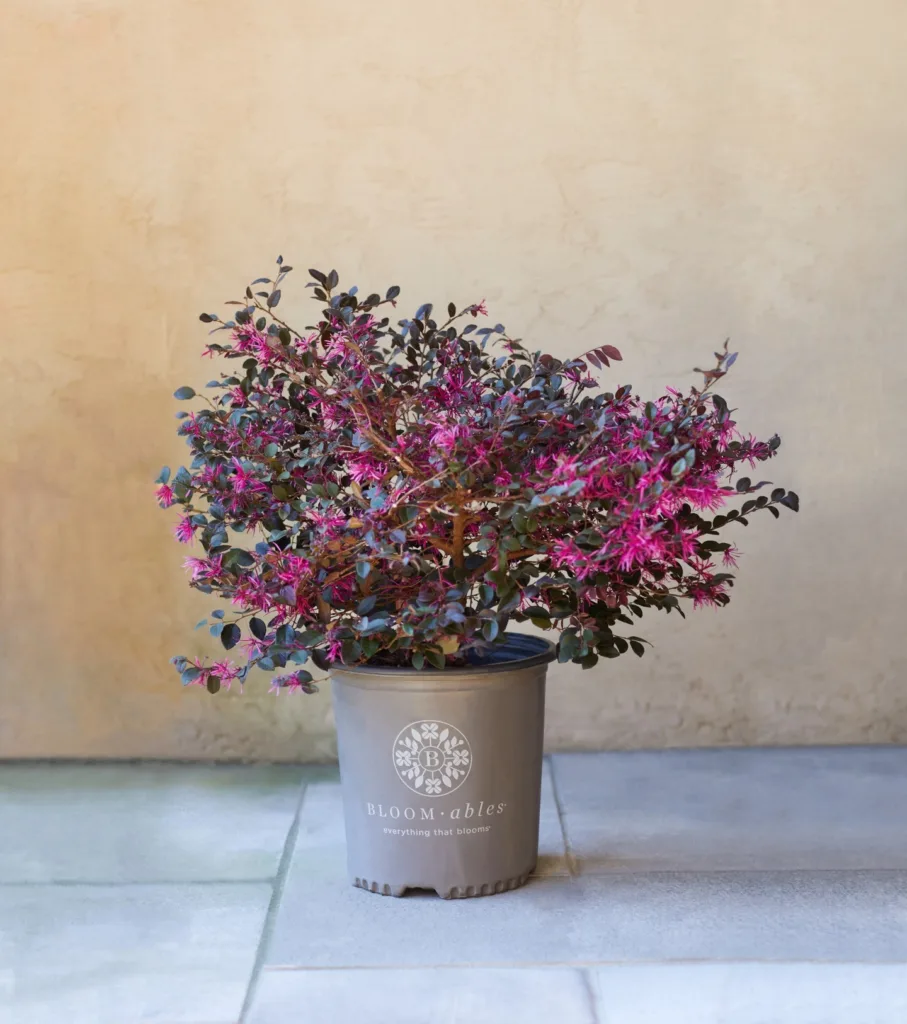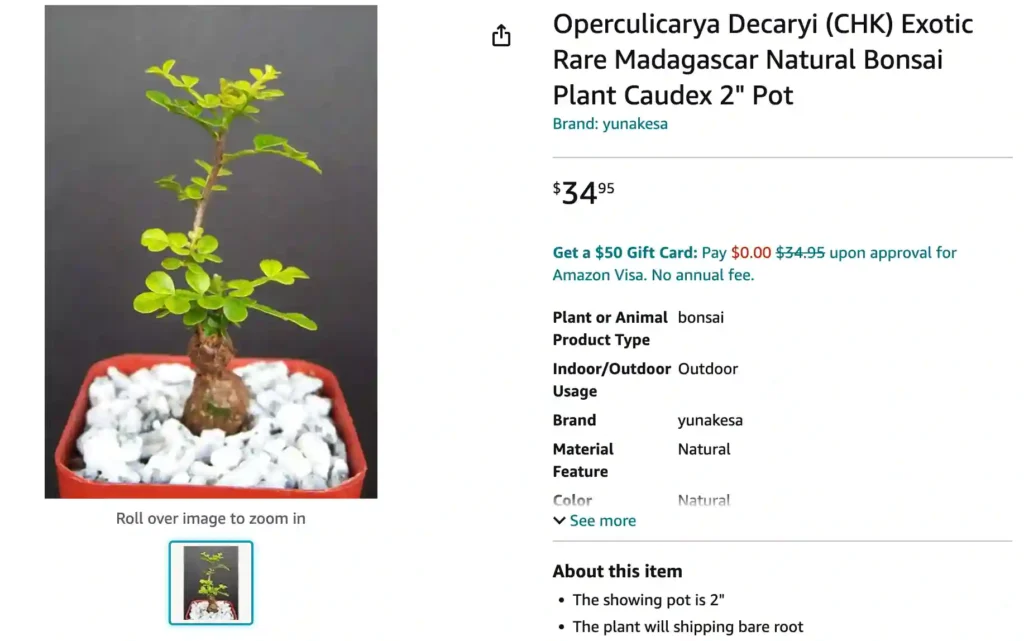
The Enchanting Elephant Tree: My Experience with Operculicarya Decaryi
The first time I encountered the Operculicarya decaryi, I was captivated. Nicknamed the “elephant tree,” this Madagascan wonder possessed a rugged charm unlike anything I’d seen before. Its thick, textured trunk resembled elephant skin, and its small, glossy leaves added a touch of whimsy. It was a natural bonsai masterpiece, and I knew I had to add one to my collection.
How to care for Operculicarya Decaryi?
Operculicarya decaryi, despite its exotic appearance, thrives under relatively uncomplicated care. Here’s what I’ve learned to keep mine flourishing:
- Light: This sun-worshipper craves bright, indirect sunlight. A south-facing window is ideal, but be mindful of harsh afternoon sun during peak summer months. Consider sheer curtains for diffused light if needed.
- Water: Think drought-tolerant. Water deeply when the soil feels completely dry to the touch, allowing for thorough drainage. Overwatering is a surefire way to invite root rot.
- Soil: Mimic its natural habitat with a well-draining succulent or cactus mix. Perlite or pumice can be added for extra drainage.
- Temperature: Warmth is its comfort zone. Aim for temperatures between 65-80°F (18-27°C). Protect it from frost and chills.
- Fertilizer: A light feeding during the growing season (spring and summer) with a balanced fertilizer diluted to half strength is sufficient. Avoid overfertilizing, as this can damage the roots.
How to propagate Operculicarya Decaryi?
There are two primary methods for propagating Operculicarya decaryi:
- Woody Cuttings: This method requires patience, but the reward is a new elephant tree that’s a genetic replica of the parent. Take cuttings from healthy, non-flowering branches during the spring or summer. Allow the cut end to develop a callus (a hardened protective layer) for a few days before planting in a well-draining cactus mix. Keep the soil slightly moist but not soggy, and provide bright, indirect light. Rooting can take several weeks, so be patient.
- Root Pieces: This method is faster than using cuttings but may not always be successful. During repotting, carefully remove a healthy section of the tuberous root. Plant it in a well-draining cactus mix, ensuring the top of the root is slightly exposed. Water moderately and maintain bright, indirect light. New growth should emerge in a few weeks.
The Art of Bonsai: Shaping My Elephant Tree
Operculicarya decaryi’s natural propensity for a thickened trunk and interesting branch structure makes it a prime candidate for bonsai cultivation. Here’s how I approach it:
- Potting: Choose a bonsai pot with good drainage holes slightly larger than the root ball. A shallow pot accentuates the elephantine features.
- Pruning: Regular pruning is essential for maintaining the desired shape and size. Prune during the growing season (spring and summer) using sharp, sterilized shears. Aim for cuts just above a node (the point where a leaf or branch emerges).
- Wiring: Young, flexible branches can be wired to achieve specific shapes. Use bonsai wire of appropriate thickness, securing it gently to avoid damaging the bark. Remember to remove the wire after a few months to prevent girdling (constricting) the branch.
With consistent care and thoughtful pruning, your Operculicarya decaryi can transform into a stunning bonsai, a testament to your dedication and the plant’s inherent beauty.
Beyond the Basics: My Journey with the Elephant Tree
The Operculicarya decaryi has become more than just a houseplant; it’s a conversation starter and a constant source of fascination. Witnessing its slow, steady growth and the subtle changes in its textured bark is a source of quiet satisfaction.
This unique succulent is a testament to the diversity of the plant world. With a little knowledge and care, you too can cultivate your own piece of Madagascar magic. So, why not embark on your own elephant tree adventure? You might just be surprised by the joy it brings.
If i die, water my plants!
